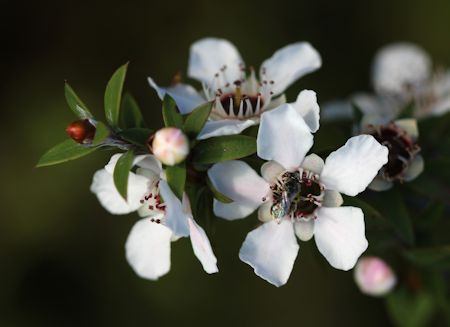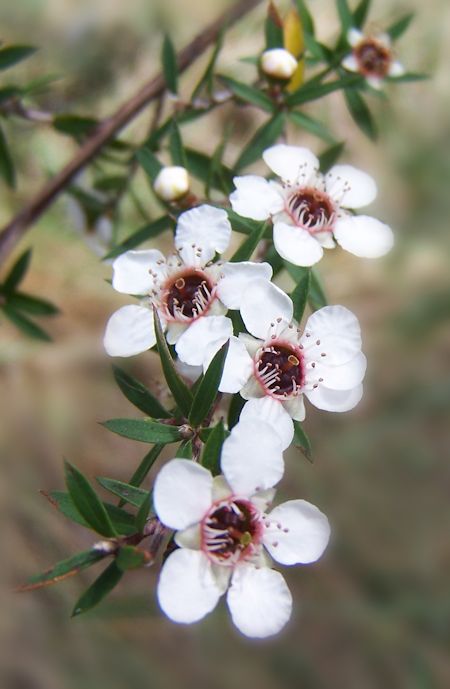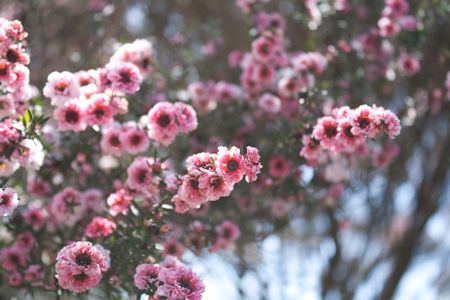What Manuka Honey Details
Matter For You?
Not all Manuka Honey is created equal...
Some nectar sources are from strains of the manuka plant that provide no more health benefits than any other honey. Certain strains of his plant however produce nectar that results in honey containing significantly more medicinal power than any other known honey!
If you are wading into the clutter of information available regarding this honey for the first time... then the most important distinction to make is to understand the difference between active manuka honey and just plain old manuka honey.
First...
This honey has a rich history of having significant healing power. Over time it was discovered that some manuka strains had more of an effect than others beginning the natural category distinction of active manuka honey. Active honey simply began to indicate over time that a certain strain or variety of this honey had a greater healing effect.
As a result...
You will find that some sources of this honey provide a label that will simply state that it is manuka honey... just regular old honey with good old health value similar to other honeys.
No mention of being active or no use of those confusing acronyms that lay claim to the latest and greatest way to measure antiseptic and antibacterial powers in honey.
This honey may very well be pure, natural, and healthy but has been produced from a strain of manuka that has not contributed any significantly higher antibacterial qualities.
So if you are still with me...
Let’s get one thing straight about the general benefit of any honey. All honey naturally contains various enzymes but one really special honey enzyme is called glucose oxidase. This enzyme is introduced by the honey bee and that is why it is a property of honey in general and not special to a specific source of nectar.
This enzyme needs the help of oxygen to do its work and there is not a lot of moisture or oxygen in honey until it is consumed or applied to a wound. This dilution provided by body fluids causes a preferred slow-release action. The product of this enzyme and oxygen working together is a slow release of hydrogen peroxide that acts as an active antibacterial agent.
The antibacterial power of honey in general can also be attributed in some degree to low water activity, chelation of free iron, and high acidity. These antiseptic and antibacterial properties are why some people feel it is useful to aid healing as a wound treatment.
Now remember... the above health benefit is true of ALL honeys! To discover what is special about active manuka honey click here.
Continuing with the basics...
You will also find that like heather honey... this honey will have a thixotropic quality although to a lesser degree than pure highland heather honey.

WHIZZ NOTE: Whoa!!! After all that I’m about dizzy... it must be because of the fantastic health I am in after eating all that honey!
Flavor... is strong and earthy with a slightly bitter herbaceous or tea tree aftertaste.
Color... is dark cream to dark brown.
Storage... is generally good due in part to its natural but minor thixotropic consistency. When using active honey as a medicine... age may be preferred because antibacterial strength usually increases with age.
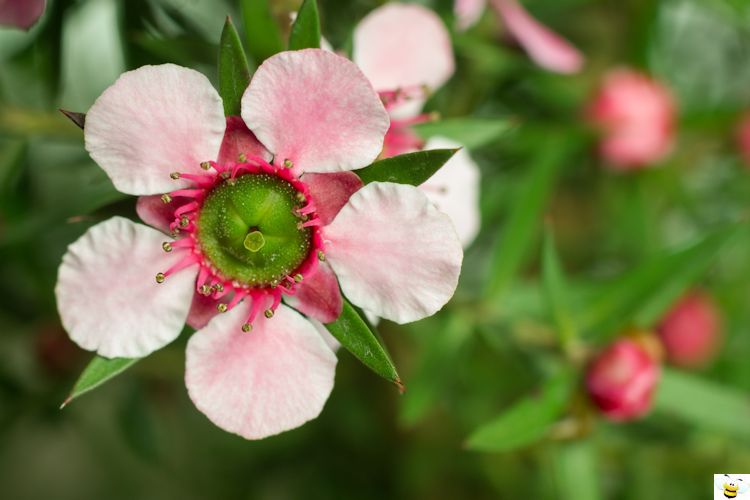
Plant:
Manuka is a wild species of flowering plant that is in the same family as the Narrow-leaved Tea-Tree that is used to make tea tree oil also known for antiseptic and antibacterial activity. It makes sense that nectar from the manuka plant would carry with it antiseptic qualities.
This is a fairly aggressive shrub regenerating on cleared land quickly. It is most commonly found as a shrub from seven to sixteen feet tall. Very old trees have been known to grow up to forty-five feet or so in height. This evergreen shrub exhibits dense branching and small narrow leaves with a short spine tip.
The manuka plant is commonly confused with the closely related Kanuka. The most obvious way to determine the identity of a specific species is to rub a leave gently in your fingers. The manuka leaf will feel prickly and the Kanuka leaf will feel soft. Honey from both species is very similar and both may be harvest and labeled the same. Active honey is more commonly produced from the manuka plant varieties though.
Bloom:
Flowers on the manuka plant will generally be about one half inch in diameter and will have characteristically five petals. Blossoms are usually white but may also be pink. Manuka will tend to bloom in mid spring and continue to bloom for four to six weeks.
Location:
Manuka is thought to have originated in Australia but was dispersed to New Zealand and is predominantly found along the coastal regions of these countries. Honey of this variety will primarily come from these countries however; you will find some production coming from beekeepers in Africa as well.
Honey and Pollen Potential:
Honey produced from the manuka plant is really isolated to a few primary locations in the world. If your passion for this honey is driving you wild... you may decide to move to Australia, New Zealand, or South Africa to get involved. Otherwise you will just settle with sampling the fares of those beekeepers who are already working the manuka fields.
For those beekeepers fortunate enough to be in the business of producing this honey... I believe they can expect around 100 lbs per hive. BUT living in the Midwest USA and having never worked the manuka nectar flow... it is hard to be sure. Maybe a beekeeper from New Zealand or Australia can clue us in sometime.
The beekeepers of New Zealand and Australia have certainly done a good job of taking the unique medicinal property found in manuka honey and marketing it to create an increasing worldwide demand for this honey. Active manuka honey that has been tested to prove its antibacterial strength commands a price higher than maybe any other honey on the market today.
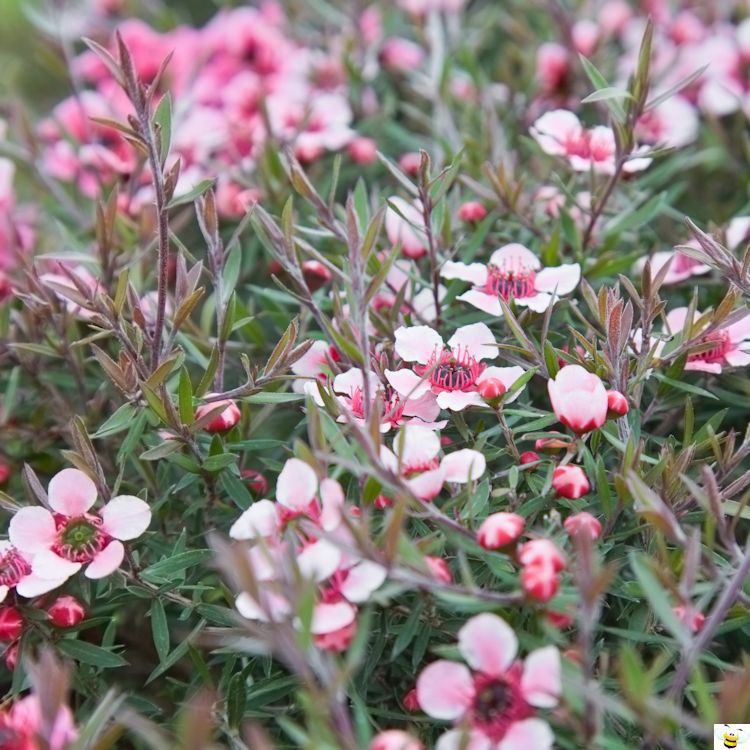
Did you ever think you would eat your wound ointment?! I didn’t either... in this case though I can see the benefits.
You will probably never find active manuka honey topping your English muffin but you may find some regular manuka honey that you can try on your toast without breaking your budget.
Honey › Good Honey Plants › Manuka Honey
